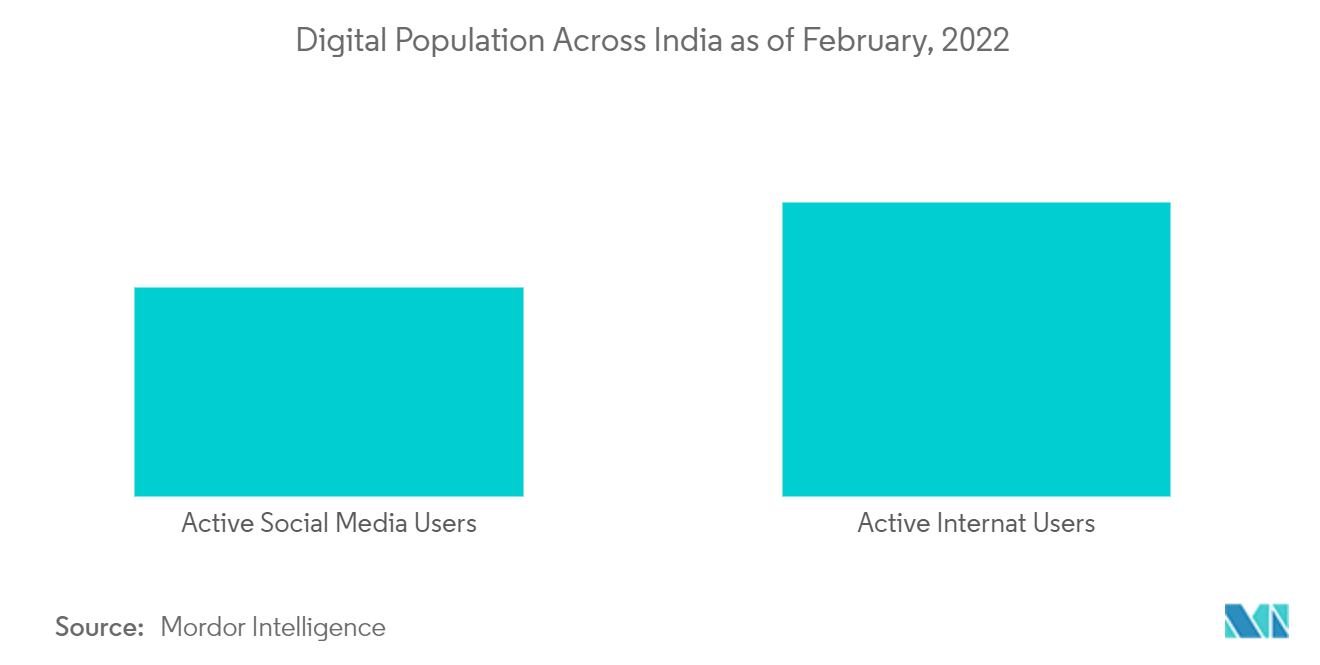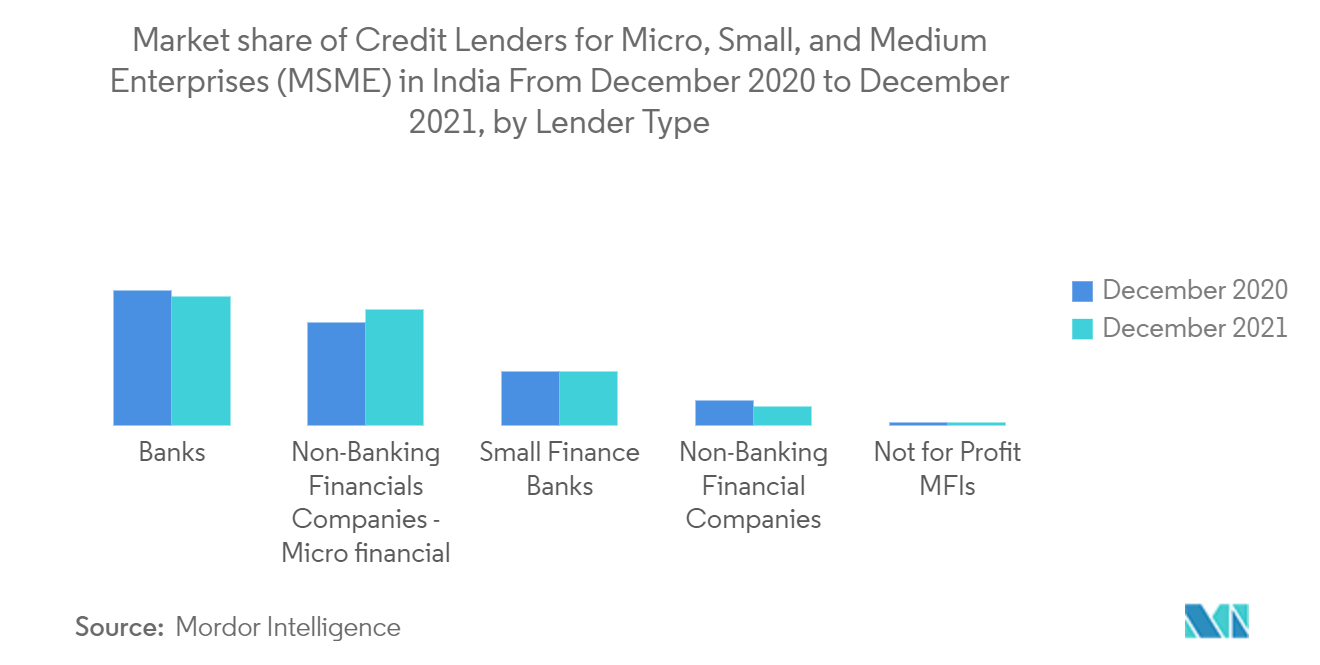Market Trends of India Trade Finance Industry
Digitalization is Driving the Market
Many governments are spending a lot of money to create "digital public roadways" that businesses can use. These measures include opening bank accounts and providing each citizen with a unique form of identity. The fact that mobile phone penetration in India is higher than 100% and that smartphone penetration makes up between 50% and 60% of this total helps the government of India in its efforts. These elements have combined to change India's payment systems, which are now available around the clock and making enormous strides toward the establishment of "contextual banking" (also known as "in-app purchases"). These are payment choices for customers who already use "freemium" internet services, such as Spotify, which offers both basic free and paid ad-free options.
Consumer experience is a major area of focus, as smartphone adoption and digitalization allow businesses to interact directly with their clientele. However, the business digitalization process is neither a magic bullet nor a quick answer. A tremendous amount of labor and significant skill is required to ensure that the architecture of current systems can be developed to the point where it can handle increased frequency, volume, and transaction size. The digitalization of their treasury function, in conjunction with the automation of their fundamental banking operations, enables foreign multinationals operating in India to optimize their cash forecasting, liquidity, and FX exposure while freeing up more time to concentrate on important strategic areas.

Adoption of Trade Finance by MSME is Driving the Market
In India, small businesses frequently have very limited access to loans and other forms of short-term finance to cover the cost of the commodities they want to buy or sell. Importers and exporters were able to close the financial gap with the assistance of the short- to medium-term operating capital provided by trade finance. Additionally, it offered security for the items or services that were being imported or exported and enabled risk mitigation through auxiliary elements or goods. Small businesses are better able to trade larger volumes since their end customers have stronger trade credit. Due to the growing importance of the trading system, business problems like finding strange behavior and figuring out what's at risk are being solved. This has helped the trade finance sector grow.
For MSMEs, the complexity of transactions involving trade financing is a major problem. Multiple parties are involved in complex workflows, which necessitate a great deal of manual effort and frequently necessitate the exchange of paper documents, increasing operational costs and credit risk. A more robust global trade finance ecosystem might be able to overcome these issues by connecting the digital islands. Realizing this goal requires an "interoperability layer" that encourages ubiquitous access across networks and platforms. Instead of viewing trade finance as a service offered by a separate bank network, network interoperability enables companies to use it as a native part of their supply chain platform.


